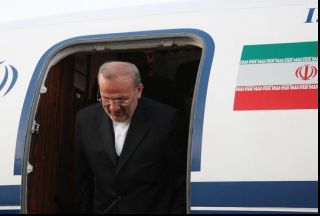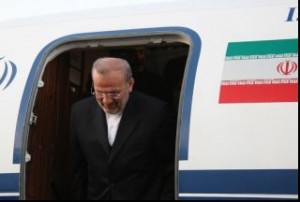IranWest AsiaWorld News
Iran FM to visit Ireland, Uzbekistan

Iranian Foreign Minister Manouchehr Mottaki is scheduled to leave Tehran later this week for official trips to Ireland and Uzbekistan.
“The Foreign Minister will hold meetings with his Irish counterpart and other officials to discuss ways to increase bilateral relations,” the ministry said in a statement on Tuesday.
It added that the talks would also focus on regional issues.
The Dublin-based Institute of International and European Affairs (IIEA) has also invited Mottaki to deliver a speech on Iran’s foreign policy, Mehr News Agency reported.
The Uzbek capital of Tashkent is Mottaki’s second stop where he will hold talks with Uzbek Foreign Minister Vladimir Imamovich Norov.








